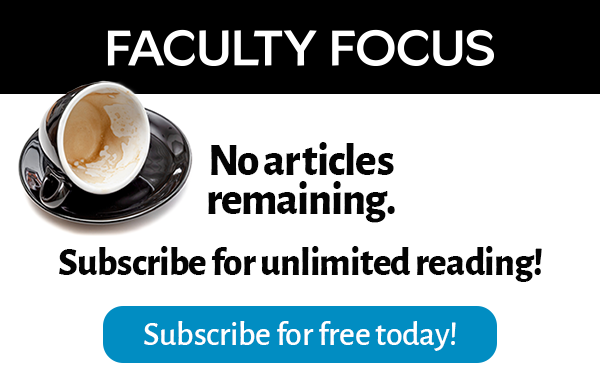Last semester I was faced with a larger-than-usual senior composition class for English majors—which of course also meant a larger-than-usual feedback load. With a new baby at home, I was more than a little concerned about finding the time to do it all. Fully aware of the research (e.g. Ferris, 1997; Hyland & Hyland, 2006) that favors more detailed feedback on student writing (seems “awkward: reword” just doesn’t cut it), I could not in good conscience consider reducing the quality or quantity of the feedback I usually give. Moreover, my feedback would typically include holding “writing conferences” (one-on-one consultations) with students—usually during office hours. But this was a big class, and there are just so many hours in a day.
I knew something had to give.
Having already tested the limits of the physical word, I turned to the virtual one. I had learned anecdotally of professors who sent audio podcasts of their feedback along with their written feedback, which seemed like a nifty idea. But, I thought, what if students could actually watch and hear me in a video as I go over their papers? If possible (which it is), that would approximate the kind of feedback experience I aimed to offer students without constraining it to a particular time or location.
Screencasting (recording and narrating actions performed by the instructor on a computer screen) did that and much more for me and my students. Below I describe the process and the resulting benefits.
Which software did I use?
After looking around a bit, I settled on using Screencast-O-Matic installed on my PC computer, but I know that Quicktime and other packages can work just as well.
What was the feedback process?
Students would submit their completed take-home writing assignments electronically. Especially for shorter assignments (e.g. fewer than three pages), I would only briefly skim over the text, and then launch Screencast-O-Matic to record my feedback in real time. In other words, students would see all highlighting, corrections, or suggested changes happen as I was making them on their Word documents. In effect, students would hear me “dialoguing” with them as I narrated what I was doing, why I was doing it, and what I was thinking throughout the feedback process. I would then return the marked-up document to students via email, along with a link to the (private) YouTube upload. To understand the written feedback, students would need to watch the video. For demonstration purposes, I created this short screencast of me providing feedback on a fictitious paper: [https://www.youtube.com/watch?v=gSZhNWCwSjA])
What did the students do with the feedback?
I recorded screencasts for all first drafts, and students were then required to submit a second draft. And that’s where the flipped part comes in. In most cases students would watch the screencasts before class, sometimes attempting a redraft at home, other times waiting to come to class to ask follow-up questions. On other occasions, particularly with feedback on longer essays, I was unable to get the screencasts back to students until just the night before class (Did I mention we have a new baby at home?), in which case the students would actually watch their videos at the outset of class on their various devices (kind of like having multiple versions of me talking to the students simultaneously about their papers), followed by in-class re-drafting.
What were some positive takeaways from the whole exercise?
Screencasting did more than simply allow me to maintain my usual feedback standards: in some respects, the virtual feedback was arguably better than my in-person (i.e. writing conference) feedback. For example, this particular class was comprised entirely of non-native speakers of English, thus potentially reducing the effectiveness of in-person conferences due to oral comprehension issues. By contrast, the screencast feedback could be played, paused, and re-played by students as often and as many times as they wished.
Another unexpected plus came from the “flipping”—particularly the in-class redrafting. What started as a kind of stop-gap measure because of late-night, last-minute feedback (i.e. students viewing the screencasts to start the class) eventually emerged as a dynamic activity that made class time more productive and student-centered. (And this was noticed by students too, as revealed in both mid-course and end-of-semester class surveys).
Anything negative?
It would be disingenuous to suggest that screencasting was a time-saver. It wasn’t. In some cases the screencasting took about as much time as I would normally expend giving just written feedback; on other occasions—longer papers in particular—the reading followed by oral commentary involved much more time than one would expect to spend if just writing in the margins of a student’s essay. But then “just writing in the margins” was never the point of giving screencasting a try in the first place.
References:
Ferris, D. (1997). The influence of teacher commentary on student revision. TESOL Quarterly, 31(2), 315-339.
Hyland, K., & Hyland, F. (2006). Interpersonal aspects of response: Constructing and interpreting teacher written feedback. Feedback in second language writing: Contexts and issues, 206-224.
Ron Martinez has taught language and language learning at a number of universities, including the University of Oxford and San Francisco State University. He is currently an assistant professor of English at the Federal University of Paraná in Curitiba, Brazil, where he also heads a research group focusing on the challenges faced by Brazilian scientists who need to publish their work in English.




